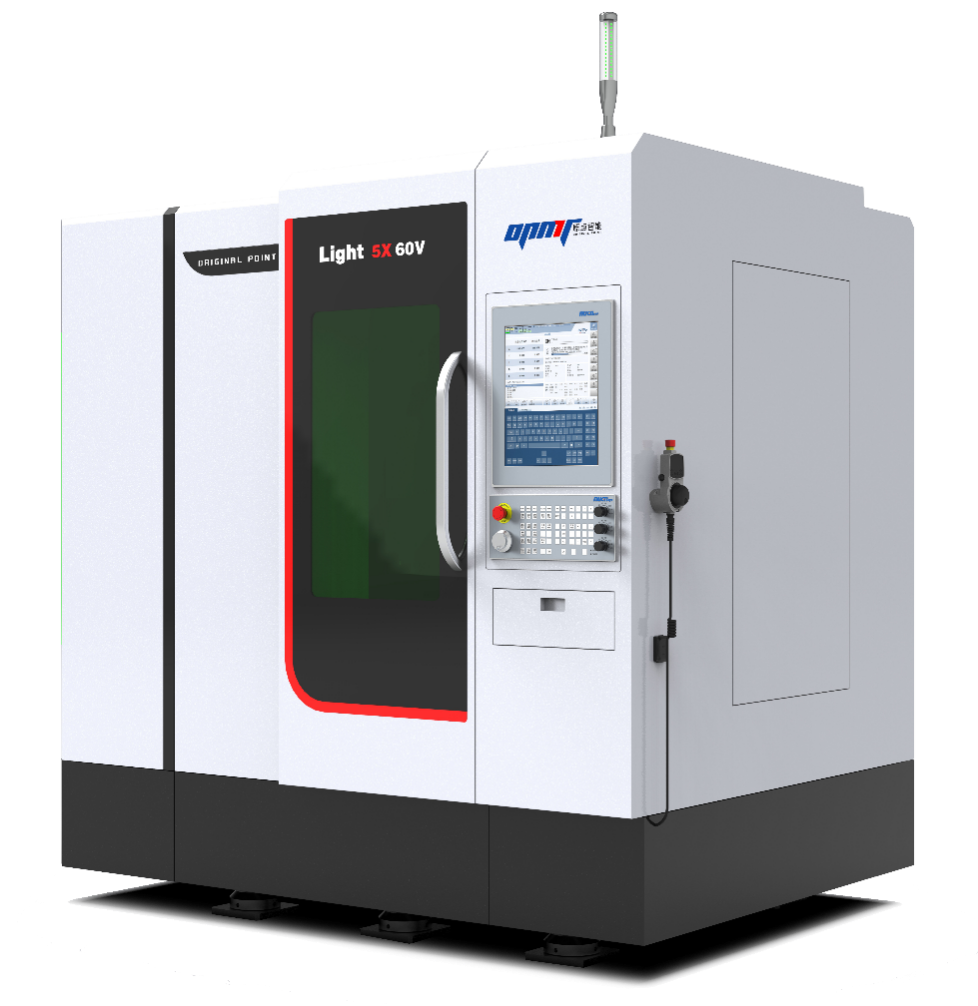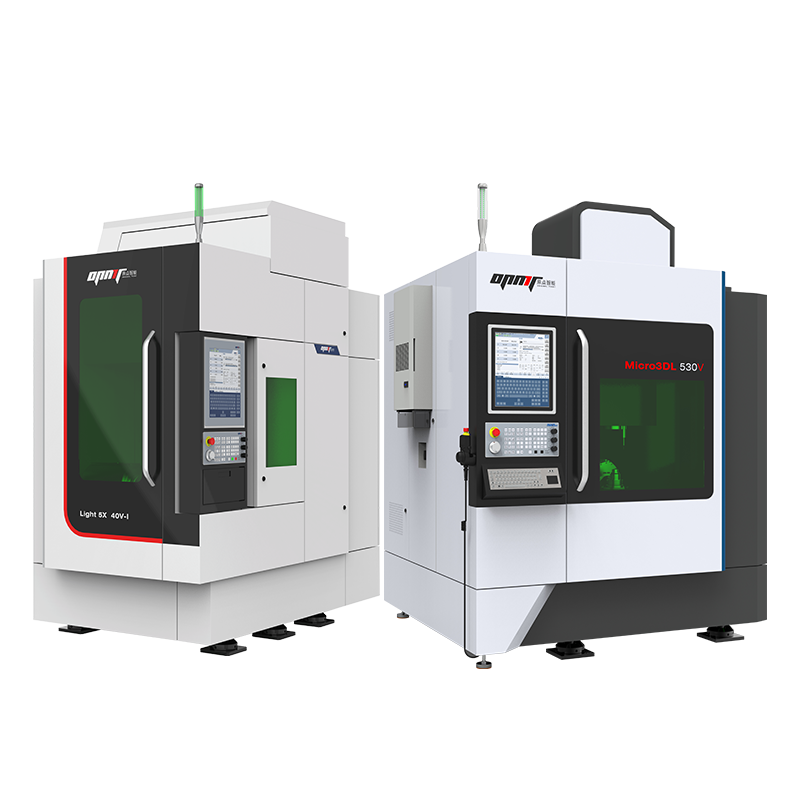Imagine a world without lasers—it’s hard to fathom, isn’t it? Since their inception in 1960, lasers have become integral to our daily lives, revolutionizing industries and enhancing medical practices. Did you know that laser technology has improved precision in manufacturing by up to 90%? This remarkable innovation not only streamlines production but also elevates safety standards across various fields.
In this article, we will delve into the multifaceted applications of lasers—from cutting-edge surgical techniques that minimize recovery time to their role in everyday conveniences like barcode scanning and high-speed internet. Join us as we uncover how laser applications and protection are shaping a brighter future for industry, medicine, and beyond.
Industrial Precision and Efficiency
Industrial precision and efficiency are essential for modern manufacturing, significantly impacting productivity and product quality. As industries adapt to technological advancements, integrating solutions such as laser systems, automation, and IoT has become vital. These innovations not only enhance operational efficiency but also reduce costs, allowing companies to stay competitive in a fast-paced market.

Laser Technology Applications
Laser technology plays a critical role in enhancing manufacturing processes through its precision and speed. One notable application is laser marking, which enables manufacturers to imprint unique identification codes directly onto products. This method simplifies quality control by ensuring traceability throughout the supply chain. Unlike traditional marking techniques, laser markings are durable and resistant to environmental factors, making them ideal for industries such as healthcare. For more information on laser marking applications, visit OPMT Laser.
Another significant application is laser welding and cutting. Lasers provide unmatched accuracy in joining materials and cutting intricate shapes. Compared to conventional methods like adhesives or mechanical fasteners, laser welding creates stronger bonds with minimal thermal distortion. This capability is especially beneficial in sectors such as aerospace and automotive, where precision is crucial. For insights on laser welding technologies, check out Laser Focus World.
Surface Treatment and Measurement
In addition to cutting and welding, lasers are extensively employed for surface treatment and measurement tasks. They can clean metallic surfaces, alter textures, and measure dimensions with high accuracy. Industries often utilize lasers to achieve specific surface roughness or smoothness based on application requirements, enhancing product performance.
Furthermore, laser drilling technology allows manufacturers to create tiny holes in various materials without causing damage or heat distortion. This precision is vital in electronics manufacturing, where components must meet exact specifications. For a detailed overview of laser manufacturing technology, refer to Laser guide.
Multi-Industry Applications
The versatility of laser technology extends beyond traditional manufacturing sectors; it is increasingly vital in the Electric Vehicle (EV) industry. Lasers are used for cutting fabrics and metals as well as welding components with high precision. This adaptability underscores the efficiency of laser systems across diverse industrial landscapes, from medical device production to primary metals processing.
As industries continue embracing automation and smart technologies, the emphasis on industrial precision and efficiency will only grow stronger. Companies that harness these advancements will improve their operational capabilities while meeting evolving consumer demands and sustainability standards.
By refining these insights into your content strategy, you can effectively address your audience’s needs while optimizing for search engines—ultimately increasing visibility and engagement with your material on industrial precision and efficiency.
Medical Marvels: Laser Technology in Healthcare
The intersection of laser technology and healthcare signifies a groundbreaking advancement in medical science. The unique properties of laser light—coherence, monochromaticity, and precision—have established lasers as invaluable tools across various medical fields. This exploration highlights the transformative applications of lasers in healthcare, showcasing how they redefine medical procedures and enhance patient care.
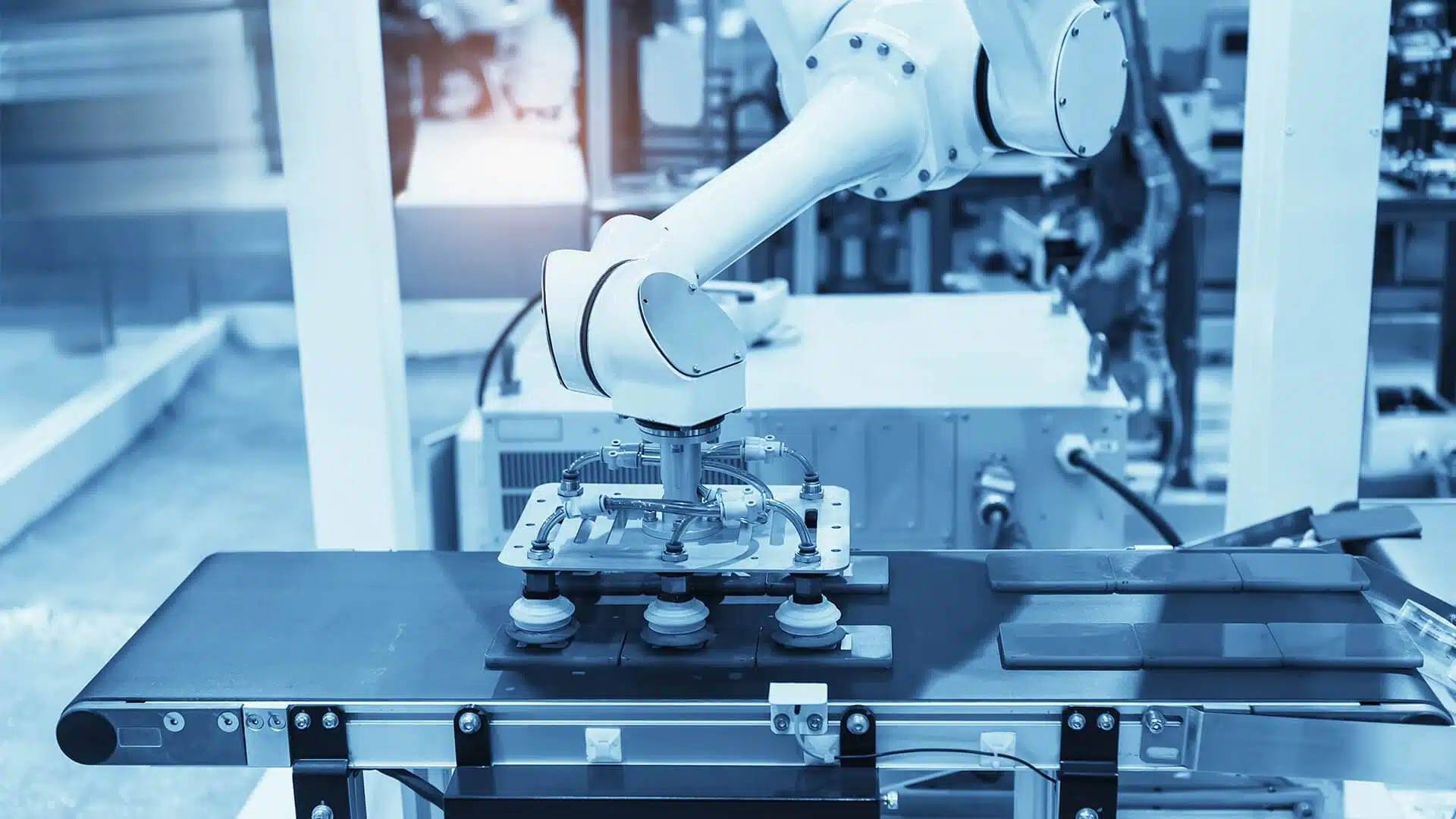
Focused Light for Precise Treatment
At the core of medical lasers is their ability to produce a highly focused light source. This precision allows healthcare professionals to target tissues with unparalleled accuracy, minimizing damage to surrounding healthy areas. Such precision is crucial in delicate procedures where even minor errors can lead to significant complications. Medical lasers are versatile; they can cut, vaporize, coagulate, and sterilize tissue, making them essential in numerous surgical and treatment contexts. From general surgeries to specialized operations, lasers enhance surgical skill and precision, improving overall treatment efficacy.
Applications in Surgery
Laser technology has revolutionized surgical practices by enabling minimally invasive techniques that reduce patient trauma. For instance, during cancer surgeries, laser beams effectively remove tumors while minimizing blood loss and promoting quicker recovery. Smaller incisions lead to fewer stitches, allowing patients to resume normal activities faster. Lasers are also employed in treating varicose veins, prostate issues, and kidney stones, underscoring their role in enhancing treatment outcomes and patient recovery.
Innovations in Eye Surgery
One of the most notable applications of lasers is in ophthalmology. Procedures like LASIK reshape the cornea to correct refractive errors such as myopia and astigmatism, often eliminating the need for glasses post-surgery. Additionally, lasers are integral in cataract surgeries and retinal repairs, providing a level of precision that enhances safety and minimizes recovery times. The global demand for ophthalmic lasers continues to rise due to technological advancements and an increasing prevalence of eye disorders.
Advancements in Dermatology
In dermatology, laser technology has become synonymous with non-invasive cosmetic procedures. Laser hair removal and skin resurfacing utilize focused light to target hair follicles and rejuvenate skin by stimulating collagen production. Lasers also effectively treat blemishes, scars, and wrinkles by removing the outer skin layer while promoting healing beneath. Furthermore, tattoo removal has become increasingly efficient with advanced laser techniques that break down ink particles without damaging surrounding skin.
Impact on Dentistry
The dental field has greatly benefited from laser technology. Lasers facilitate procedures such as cavity treatment by removing decay with minimal discomfort compared to traditional drills. They enhance the bonding of fillings and can even be used for teeth whitening by activating bleaching agents more effectively. Additionally, lasers are employed to treat gum diseases with precision that minimizes damage to healthy tissue.
The Broader Impact of Laser Technology
The influence of lasers extends beyond individual procedures; they symbolize a broader technological shift within healthcare. As medical professionals increasingly adopt these tools, ongoing research continues to explore new applications and improvements in patient care. The integration of artificial intelligence with laser technology promises further enhancements in treatment personalization and efficacy.
Future Prospects
The future of laser technology in medicine is promising, with continual advancements expected to yield novel applications and improved patient outcomes. Innovations such as low-level laser therapy for tissue regeneration and targeted drug delivery systems are on the horizon. As healthcare evolves, staying informed about these advancements will be crucial for medical professionals aiming to leverage the full potential of laser technology in enhancing patient care.
By focusing on these key areas—precision treatment capabilities, diverse applications across specialties like surgery and ophthalmology, innovations in dermatology and dentistry, and future prospects—lasers continue to redefine what is possible in modern healthcare.
Laser Applications in Everyday Life
Lasers have transitioned from scientific curiosities to essential components of our daily lives. Their integration across various sectors demonstrates their versatility and practicality. Whether you’re shopping at a supermarket or streaming your favorite show, lasers enhance efficiency and convenience. For instance, when a cashier scans your groceries, they are utilizing laser technology. Similarly, the fiber optics that deliver high-speed internet rely on lasers for data transmission. Since their inception in 1960, lasers have significantly improved our quality of life.
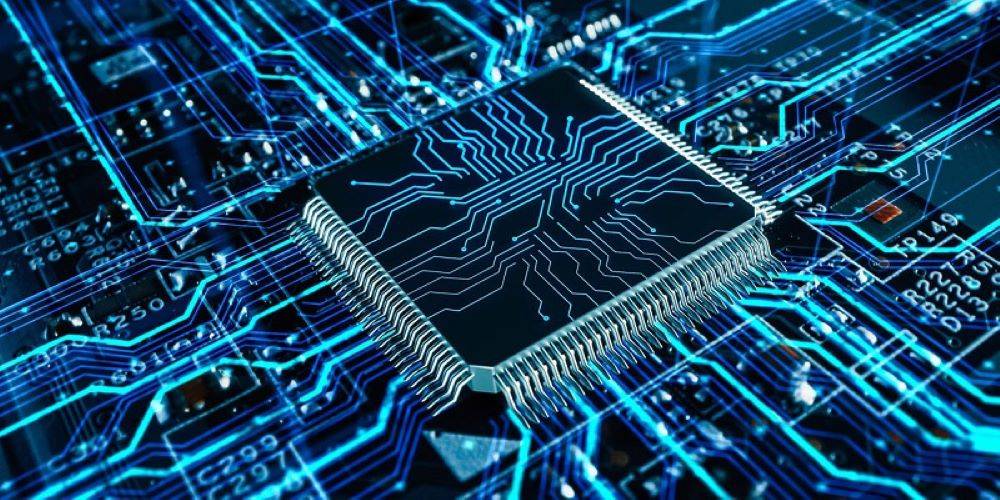
Home Entertainment and Communication
Lasers are pivotal in home entertainment and communication systems. They power devices like Blu-ray players and are integral to fiber-optic cables, which facilitate high-speed internet access. This technology allows you to enjoy uninterrupted streaming on platforms like Netflix and listen to music seamlessly on mobile devices. Additionally, lasers enable precise reading and writing of data in CDs and DVDs. The spectacular laser light shows at concerts further illustrate their role in enhancing entertainment experiences. Furthermore, laser printers provide high-quality printing solutions for both home and office environments, showcasing their practical applications in professional settings.
Retail and Commerce
In retail, lasers streamline operations significantly. Barcode scanners, commonly found in supermarkets, utilize laser technology for quick and accurate product identification. This not only expedites the checkout process but also enhances inventory management, allowing retail managers to monitor stock levels efficiently. The efficiency brought by lasers has transformed commerce into a more cost-effective endeavor, benefiting both businesses and consumers alike.
Health and Beauty
The health and beauty sectors have embraced laser technology for its precision and effectiveness. Lasers are widely used in cosmetic procedures such as hair removal and skin treatments, making advanced care more accessible to the public. Many laser-operated personal care devices are now available for home use, shifting some treatments from clinics to personal spaces. This evolution reflects the growing acceptance of laser technology as a standard tool in personal care routines.
Precision Tools in Everyday Work
Lasers have become indispensable tools across various professional fields. In graphic design and manufacturing, laser cutting and engraving machines allow for intricate detailing on materials like wood, metal, and plastic. This capability fosters creativity while ensuring high precision in production processes. Additionally, laser levels and distance meters are essential for construction professionals and DIY enthusiasts alike, simplifying tasks that require accurate measurements.
Medical Devices at Home
The medical applications of lasers extend beyond hospitals into the home environment. Compact laser-based devices for skin rejuvenation, hair removal, and pain relief are increasingly available for personal use. These innovations illustrate how advanced medical technologies have become more accessible and convenient for everyday care.
Automotive Safety and Efficiency
In the automotive industry, lasers enhance both safety features and manufacturing processes. Laser headlights provide superior illumination compared to traditional bulbs, improving visibility during night driving. They also play a crucial role in manufacturing by enabling precise cutting and welding of vehicle components, thus contributing to overall vehicle safety.
Home and Construction
In domestic settings, laser tools such as levels and distance meters are vital for ensuring precise measurements during construction projects. These tools simplify tasks that require accuracy, making them essential for both professionals and DIY enthusiasts.
Lasers have permeated various aspects of our lives, enhancing efficiency, safety, and convenience across multiple domains. As technology continues to advance, the role of lasers is expected to expand further into everyday applications.
Military Applications of Lasers
Lasers have become integral to modern military strategies, offering innovative solutions across various domains. Their applications range from advanced weaponry to secure communication systems, fundamentally enhancing operational efficiency and effectiveness.
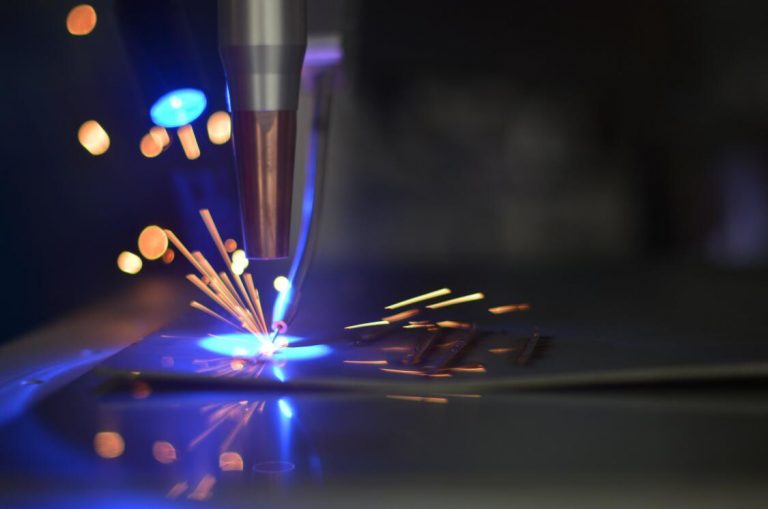
Laser Weapon Systems
One of the most significant uses of lasers in the military is in directed-energy weapons. These systems employ high-powered lasers to accurately target and disable enemy equipment, including drones and vehicles. The precision and speed of light delivery make laser weapons particularly appealing, as they minimize collateral damage while maximizing operational impact. For instance, the U.S. Army’s High Energy Laser Mobile Demonstrator (HEL MD) showcases this technology’s capabilities in real-world scenarios.
Target Designation and Ranging
Lasers are essential for target acquisition and ranging, providing critical data for military operations. Laser designators mark targets for precision-guided munitions, ensuring high accuracy in strikes. Additionally, laser range finders determine distances to targets, which is vital for effective weapon deployment. These technologies significantly enhance situational awareness on the battlefield.
Missile Defense
The potential of lasers in missile defense systems is an area of active research and development. High-energy lasers can intercept incoming missiles before they reach their targets, offering a rapid response to aerial threats. Moreover, lasers are utilized in countermeasure systems that confuse heat-seeking missiles by emitting beams that disrupt their tracking capabilities. This dual approach not only protects assets but also enhances overall mission success.
Laser Detection and Ranging (LIDAR)
LIDAR technology employs lasers to create detailed maps of terrain and gather intelligence during reconnaissance missions. By producing high-resolution images, LIDAR aids military planners in understanding environmental changes and assessing potential operational areas. This capability is crucial for strategic decision-making and enhances the effectiveness of ground operations.
Optical Communication
In military communications, lasers provide a secure and efficient means of transmitting data. Laser communication systems are less susceptible to interception than traditional radio frequency methods, making them ideal for sensitive military operations. This technology ensures that critical information remains protected while allowing for rapid data exchange between units.
Training and Simulation
Laser-based systems are increasingly used in military training environments, providing realistic simulations that enhance soldier preparedness without the risks associated with live ammunition. These systems replicate combat scenarios effectively, allowing personnel to practice tactics and strategies in a safe setting. The use of laser technology in training not only improves skills but also boosts confidence among troops.
Incorporating these advanced laser technologies into military applications underscores their vital role in modern warfare, enhancing capabilities while ensuring mission success through precision and security. For further insights into military technology advancements, resources such as the U.S. Army Research Laboratory provide comprehensive information on ongoing projects and innovations in this field.
Safety First: Laser Protection Measures
As the use of lasers has expanded across various sectors, prioritizing safety measures has become crucial. Lasers emit intense light and energy that can pose significant risks if not handled properly, particularly regarding eye protection. Professionals who work with lasers daily, alongside their clients, must utilize appropriate protective gear to ensure safety.
Regulatory Standards and Compliance
The foundation of laser safety lies in adherence to established standards. In the United States, the Occupational Safety and Health Administration (OSHA) enforces regulations based on the American National Standards Institute (ANSI) standards. These regulations provide guidelines for the safe design and use of lasers. Non-compliance can lead to legal repercussions, making it essential for organizations and professionals to ensure their laser equipment and practices meet OSHA standards to avoid potential fines.
Role of the Laser Safety Officer (LSO)
A key component of effective laser safety management is appointing a Laser Safety Officer (LSO). The LSO is responsible for overseeing the safe use of lasers within an organization, serving as the primary authority on regulatory compliance issues. Their role is vital in implementing safety protocols, ensuring accountability for maintaining high safety standards around laser usage.
Safety in Healthcare Settings
Lasers are extensively utilized in healthcare environments, where specific safety measures are paramount. Evaluating potential hazards associated with laser use in hospitals is crucial for protecting both healthcare professionals and patients. Risks extend beyond direct exposure to laser beams; indirect hazards like reflections must also be considered when implementing comprehensive safety protocols.
Comprehensive Control Measures
Laser safety involves a combination of administrative and engineering controls. Administrative controls include standard operating procedures, training programs, and clear warning signage. Engineering controls encompass designing the laser system itself, utilizing protective housing, interlocks, beam stops, barriers, and safety curtains to prevent accidental exposure to laser beams and mitigate risks effectively.
Personal Protective Equipment (PPE)
The use of personal protective equipment is critical in laser safety protocols. This includes specialized goggles and protective eyewear designed to shield users from harmful laser radiation. PPE is especially important in environments with a high risk of exposure to high-powered lasers. Protective eyewear varies based on the wavelength used and the power of the laser beam, allowing natural light while blocking harmful radiation from reaching the eyes.
Vigilance in Laser Safety
Laser safety is a multifaceted issue that demands ongoing attention and well-structured protocols. From regulatory compliance to personal protective equipment, each aspect contributes to ensuring user safety while harnessing the benefits of laser technology. As advancements in laser applications continue through 2025 and beyond, robust safety measures will remain essential for effective and responsible usage.
The Future of Laser Technology
As we look towards 2025, the potential applications of laser technology appear boundless. The continuous evolution of laser research and development is paving the way for innovative uses that could transform various industries and aspects of daily life.
Advanced Communication Systems
Laser technology is set to revolutionize data transmission, promising ultra-high-speed internet connections through laser-based communication systems. This advancement will significantly enhance global connectivity, especially in remote and underserved areas. With lasers facilitating faster data transfer, industries can expect improved efficiency and reduced latency in communication networks, making information more accessible than ever before.
Medical Breakthroughs
In healthcare, lasers are not just tools; they are game-changers. Beyond current surgical and cosmetic applications, ongoing research aims to harness lasers for advanced medical diagnostics and treatments. For instance, laser-based therapies are being developed to target and destroy cancer cells with unprecedented precision, minimizing damage to surrounding healthy tissue. This innovation could lead to better patient outcomes and a new standard in cancer treatment methodologies.
Space Exploration and Astronomy
Lasers are poised to play a critical role in space exploration. Concepts such as laser propulsion are being explored as potential methods for deep space travel. Additionally, lasers enhance telescopic arrays, allowing for clearer observations of distant celestial bodies. This capability opens new frontiers in our understanding of the universe, enabling scientists to gather data that was previously unattainable.
Environmental Monitoring and Protection
Environmental conservation stands to benefit immensely from laser technology. Lasers can be utilized for remote sensing and monitoring ecosystems, providing crucial data on climate change effects and aiding in the protection of endangered species. This proactive approach allows for timely interventions to safeguard habitats and biodiversity.
Energy and Resource Management
The future may also see lasers playing a significant role in energy production and resource management. Innovations such as laser-induced fusion present a clean energy source with the potential to revolutionize how we generate power. Furthermore, lasers can facilitate precision mining techniques that minimize environmental impact while maximizing efficiency in resource extraction.
Laser Technology Across Diverse Sectors
The future of laser technology is not only bright but also diverse. Its potential applications span from enhancing global communication networks and advancing medical treatments to supporting environmental conservation efforts and exploring outer space. As laser technology continues to evolve, it promises to unlock new possibilities that could reshape various sectors.
Integrating Past and Present
Lasers have become integral to numerous industries by enhancing efficiency and precision in manufacturing processes. In healthcare, they have enabled groundbreaking procedures that improve patient outcomes while expanding the horizons of medical science. Their influence extends into everyday life, where they enhance communication, entertainment, and convenience.
Safety and Responsibility
With the widespread application of lasers comes a critical responsibility for safety. Adhering to regulatory standards and implementing comprehensive protective measures are essential steps in ensuring that we harness this powerful technology without compromising public health or safety. Professionals working with lasers must prioritize eye protection due to the risk of corneal damage from exposure.
As we embrace the benefits of laser technology, it’s essential to acknowledge both its transformative potential across various domains and the importance of maintaining rigorous safety standards.
Conclusion
Lasers have become indispensable in both industry and medicine, shaping how we approach tasks and treatments. Did you know that laser technology can increase manufacturing precision by up to 90%? This remarkable capability not only enhances productivity but also boosts safety across various sectors. As you navigate through the diverse applications of lasers—from revolutionary surgical techniques to everyday conveniences like barcode scanning—you’ll discover how they are redefining efficiency and effectiveness.
Join us on this exciting journey to learn more about the profound impact of laser applications on your life and the world around you. Embrace the future and explore how these innovations can enhance both your professional and personal experiences!
Disclaimer
This content is compiled by OPMT Laser based on publicly available information for reference only; mentions of third-party brands and products are for objective comparison and do not imply any commercial association or endorsement.

